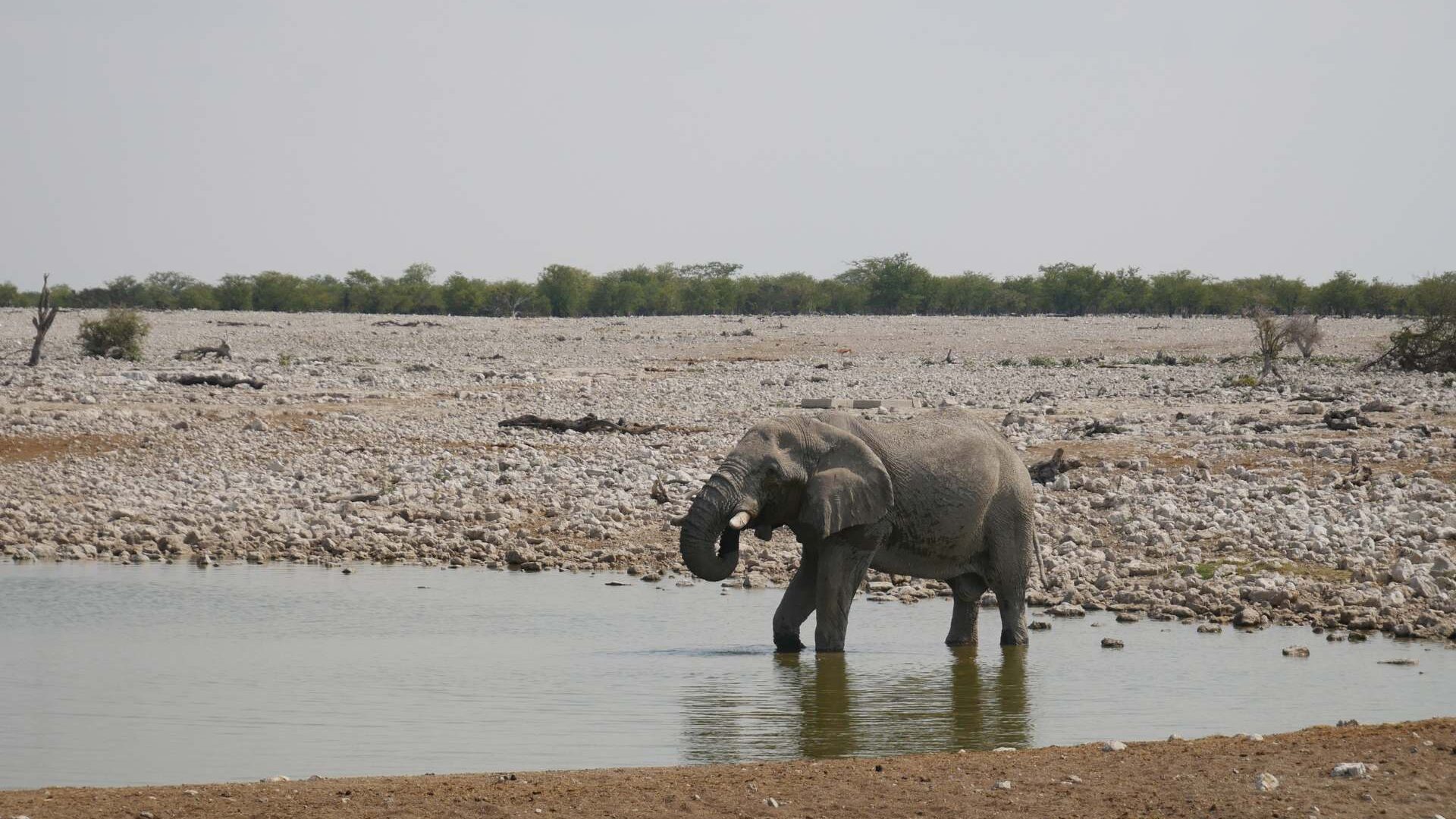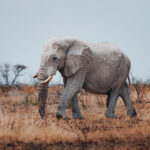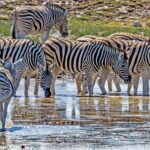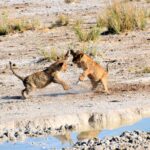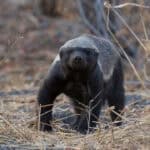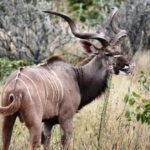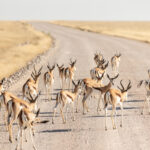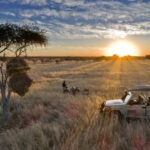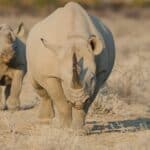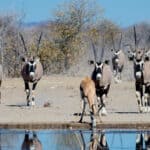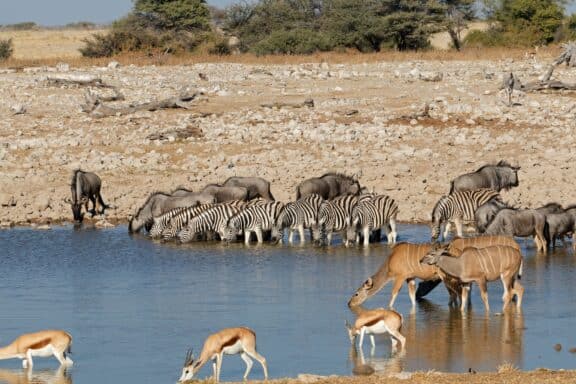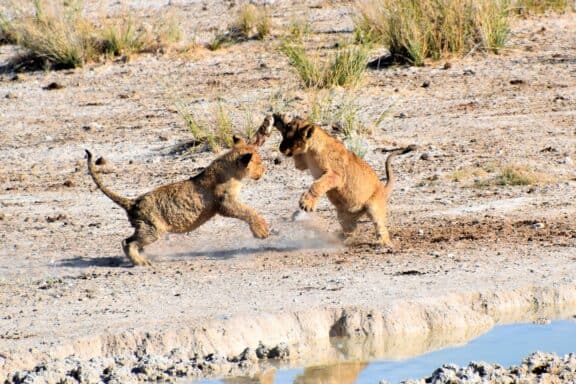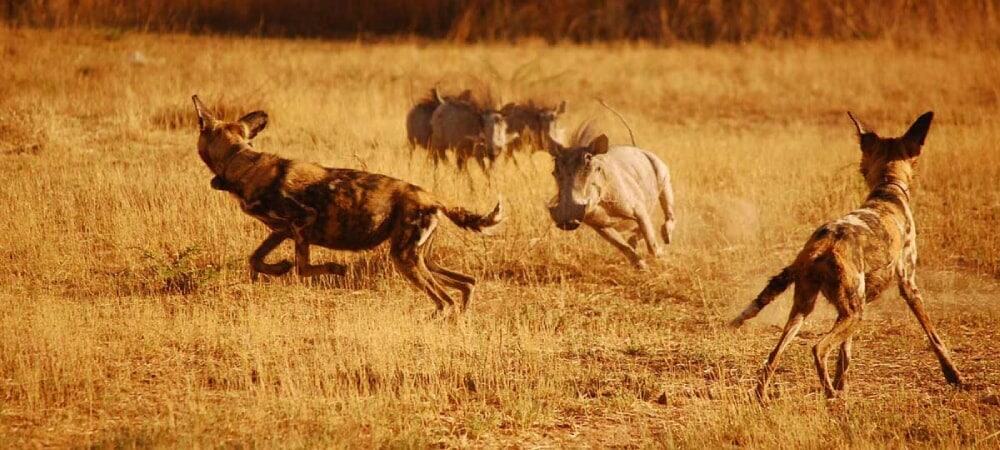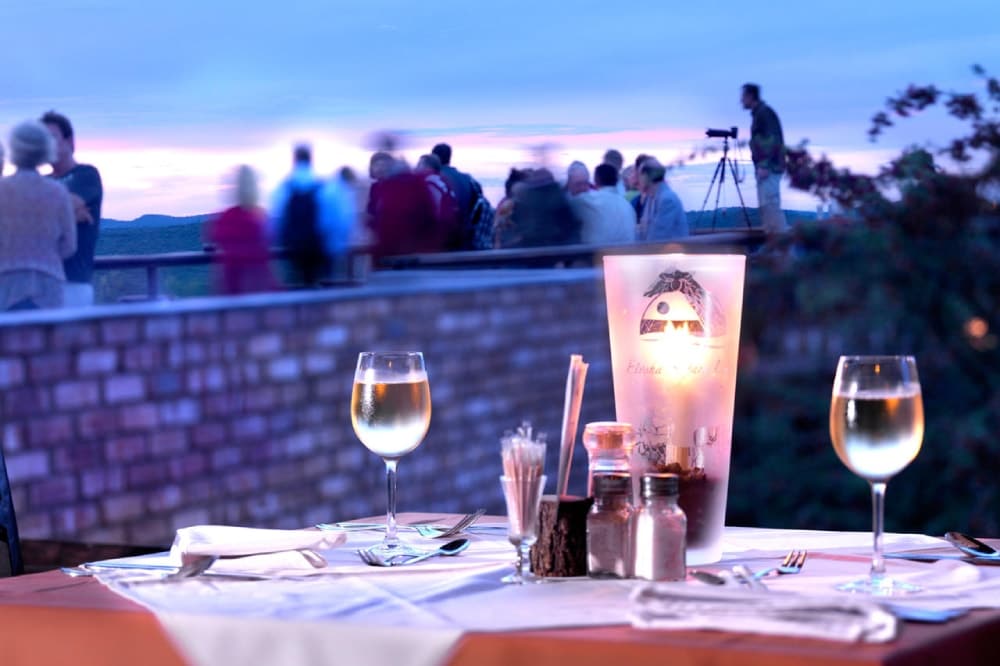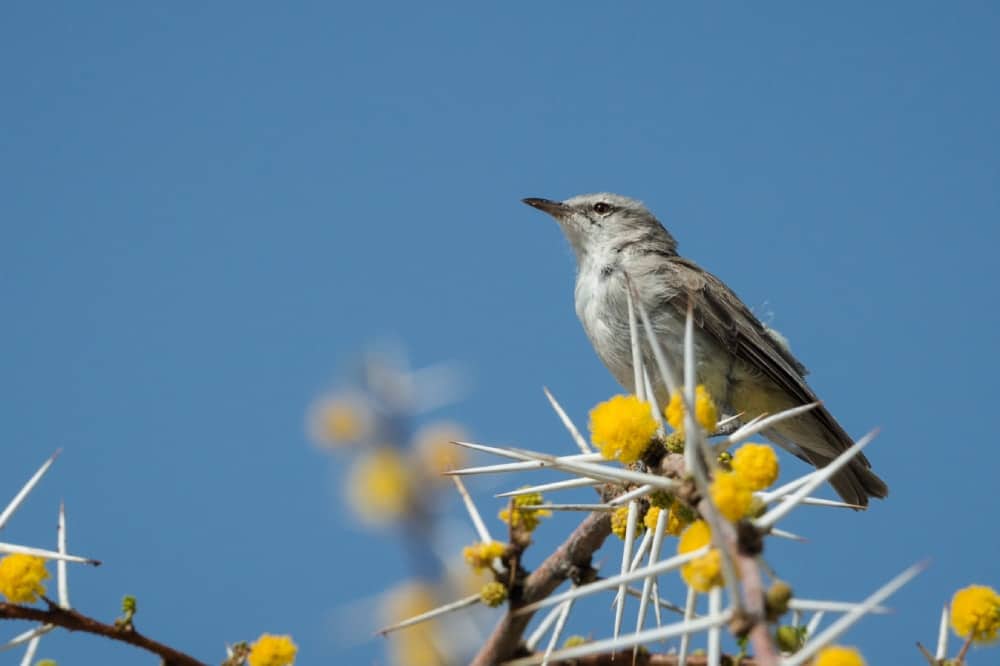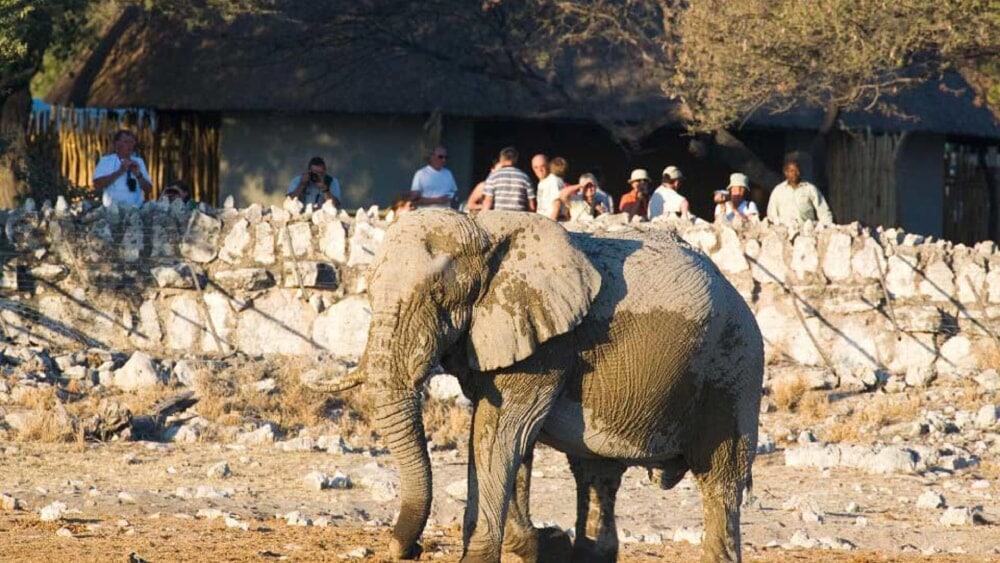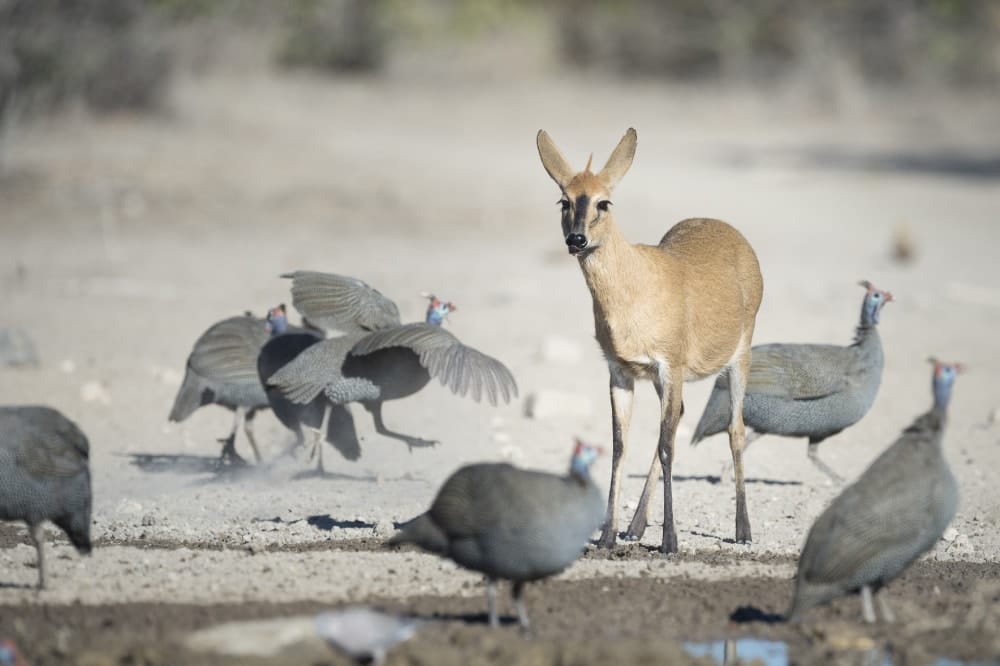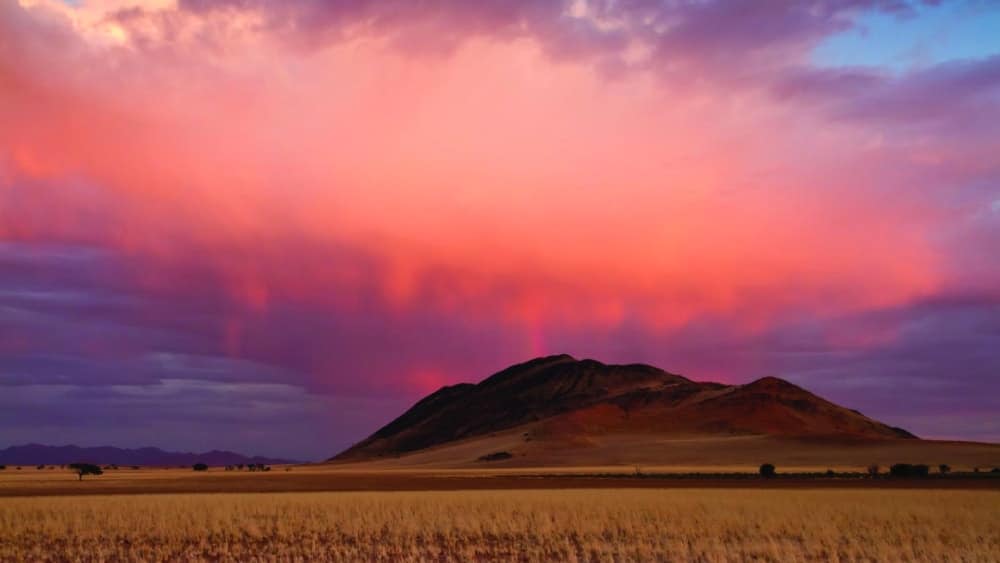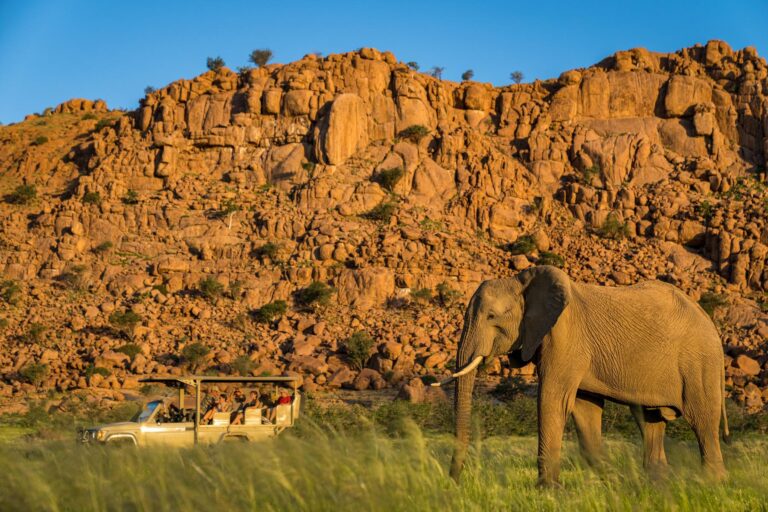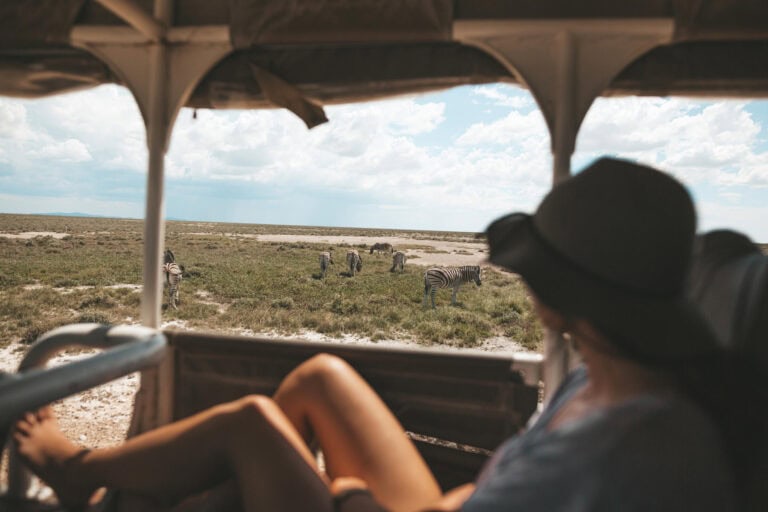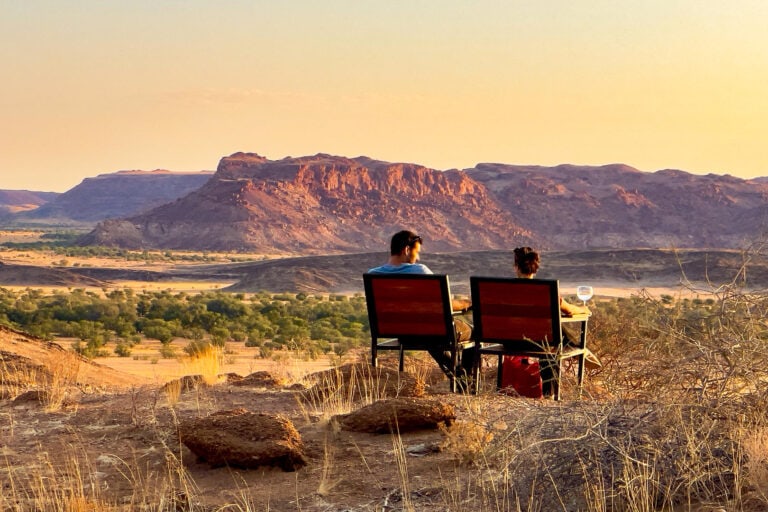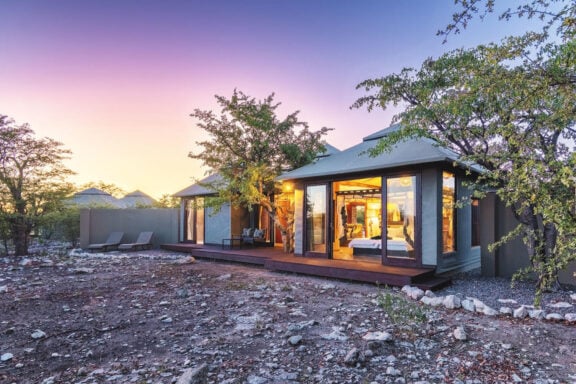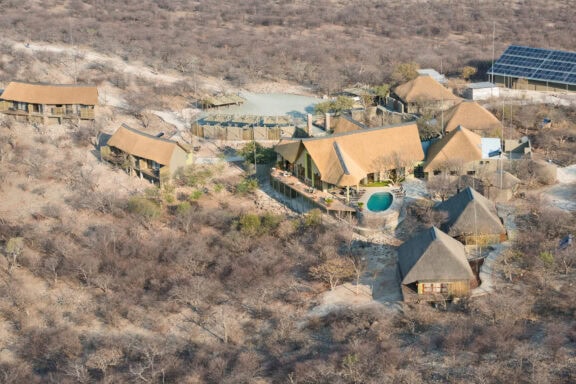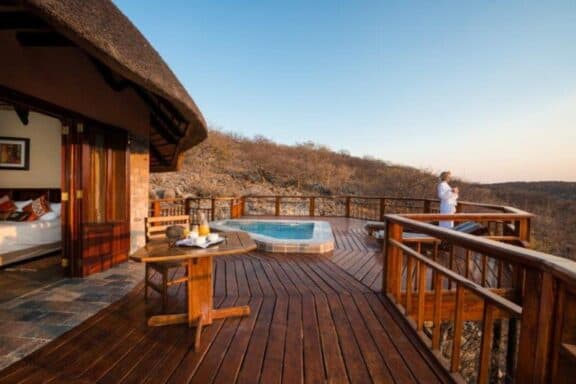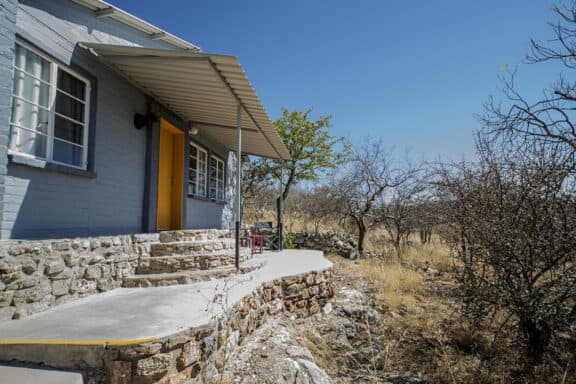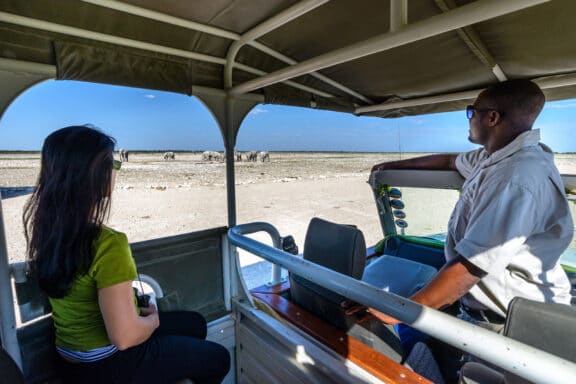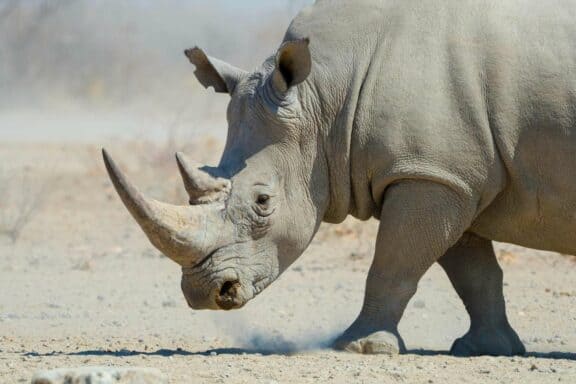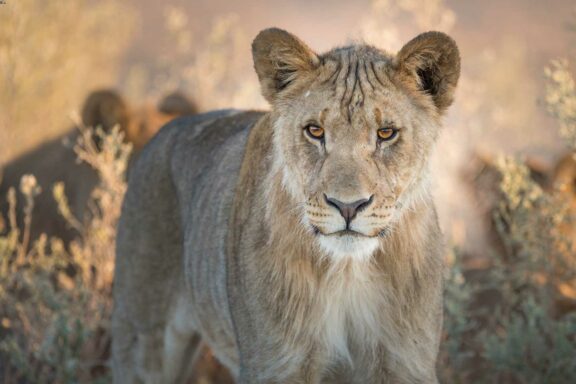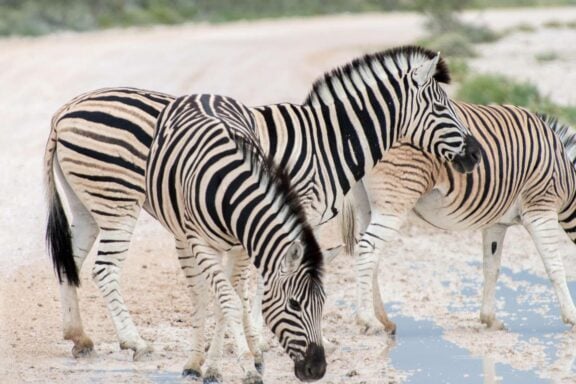A lone elephant stands at the edge of a shimmering salt pan, its silhouette etched against the pale horizon. Around it, the landscape glows white and vast. A place where sky meets salt in all directions. This is Namibia’s Etosha National Park, known to its locals as the Great White Place.
Etosha isn’t a typical safari destination. It’s something rarer, quieter, more surreal, and more soul-stirring. For those seeking space, stillness, and extraordinary wildlife without the chaos of crowds, Etosha National Park vacations offer the perfect blend of drama and space.
In the dry season, the waterholes of Etosha become a stage where nature’s great drama unfolds. Zebras and springboks quench their thirst as lions lurk in the shadows, waiting for the perfect moment to strike. Meanwhile, elephants drink their fill, wary that in Namibia, water is not promised.
When the rains come, the landscape transforms. In years of good rainfall, flocks of flamingos descend upon the vast pan, turning it into a pink-hued paradise. On Etosha National Park vacations, the beauty of the wild is both stark and spectacular, a reminder of nature’s raw and untamed power.
Private reserves bordering the park, such as Ongava and Onguma, offer tailored guided drives, rare night drives, exclusive waterholes, and deeply luxurious, crowd-free safaris. And while the dry months are famous for spectacular sightings, Etosha, home to black rhino, cheetah, oryx, and lion, remains a remarkably reliable wildlife destination year-round.
Etosha National Park Accommodation

Accommodation in and around the park includes premium lodges that redefine safari luxury. Etosha’s luxury lodges prioritise comfort and privacy. The lodges in the private reserves are in a league of their own. Expect:
- Panoramic suites with indoor-outdoor living
- Private plunge pools and shaded decks
- Personalised service that anticipates every need
- Some lodges even offer private vehicles and guides for your entire stay
Whether you’re planning a romantic escape or an Etosha family safari tour, there’s a sanctuary here to match your pace.
The Best Time to Visit Etosha National Park
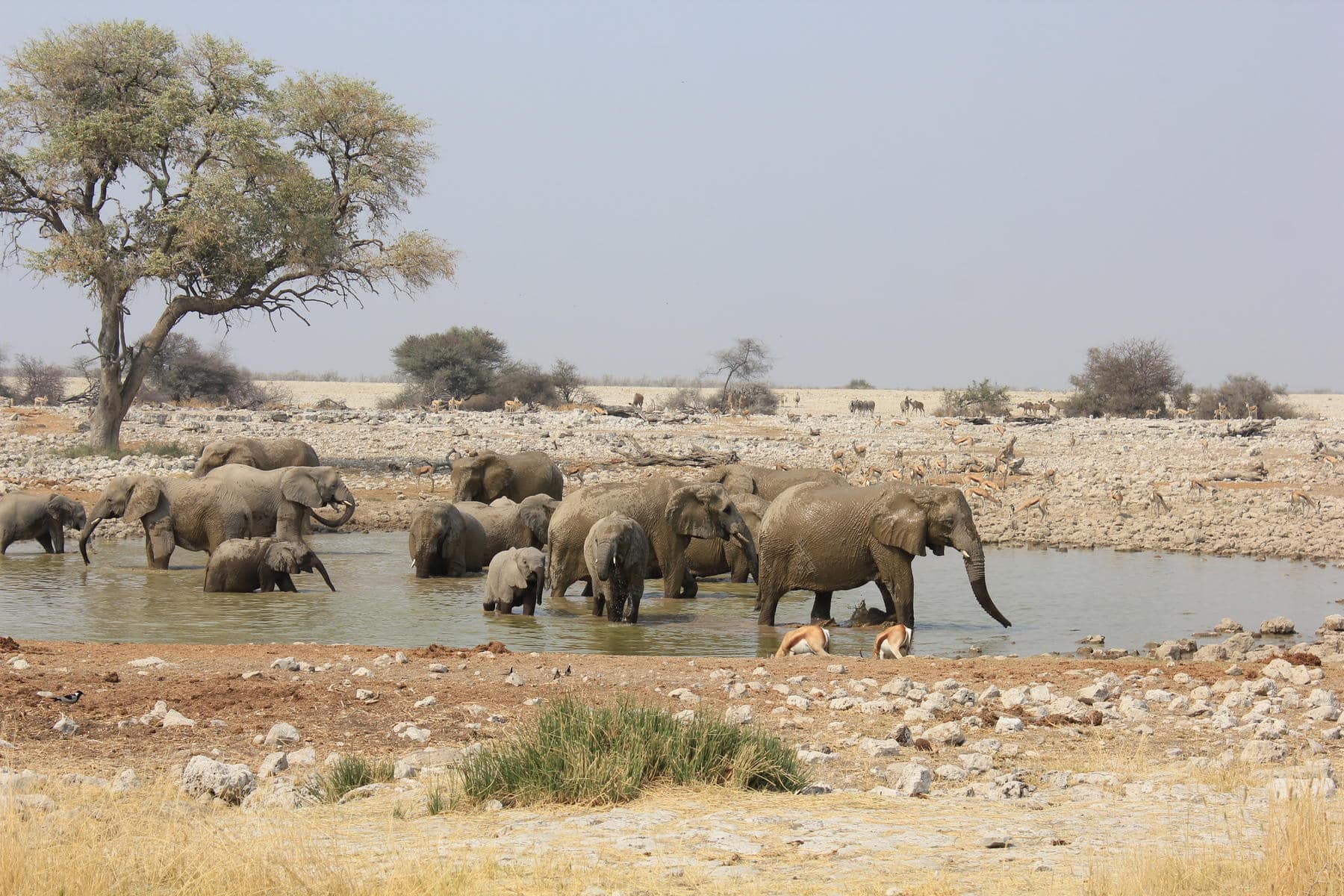
Etosha is a year-round destination, but the best time for Etosha National Park vacations depends on what you’re seeking.
Dry season (May-October)
In the dry season, it’s bone-white and almost alien. The landscape tightens. Water becomes precious. And life begins to gather, not in chaos, but in ceremony. Herds of zebra wait their turn at waterholes. Elephants approach in quiet procession. Lions lie in the shade, patient and still. The ultimate minimalist backdrop for dramatic wildlife sightings.
Green season (November-April)
When the rain falls, everything changes. Shallow waters collect in the pan, and suddenly, it pulses with life. Thousands of flamingos can arrive, painting the landscape pink. The transformation is fleeting and unforgettable.
Most travellers choose a tailor-made Etosha tour, built around their pace, preferences, and priorities. Whether you’re flying in privately or including Etosha in a longer Namibian journey, it’s worth crafting something bespoke. Because a place like this deserves time, and so do you.
A Place for the Photographer in All of Us
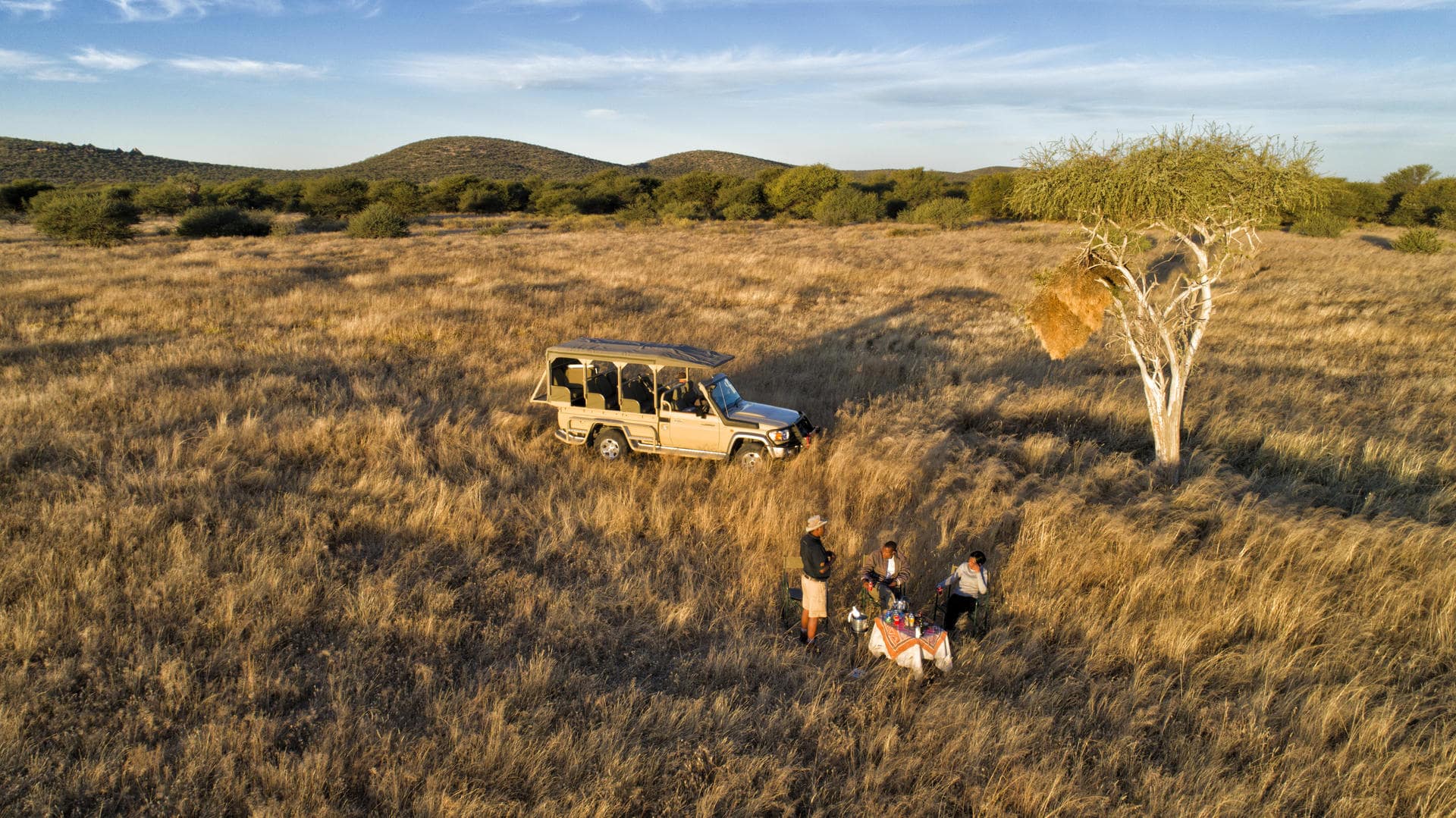
Even if you don’t think of yourself as a photographer, Namibia’s Etosha National Park will test that. Because when the light catches the dust behind an elephant herd, when a rhino appears against the salt pan in perfect silhouette, or when the sunset casts everything in amber, you’ll want to remember it.
Etosha is made for quiet observation. The kind of safari that gives you time to frame the moment, to wait for the perfect light, to let the story write itself across your lens.
This is not about collecting sightings. It’s about collecting feelings. The ones you’ll carry long after you’ve left Namibia.
Etosha: A Place to Breathe Again

So much of travel today is about doing more, seeing more, ticking it all off. But Etosha National Park safari packages offer something different: a chance to do less, and feel more. To step into a landscape that invites quiet. That reveals its secrets slowly. That reminds you that you don’t need to go looking for wonder, you just need to be still enough to notice it.
So, if you’re longing for space, for silence, for the kind of wild beauty that calms rather than overwhelms…









